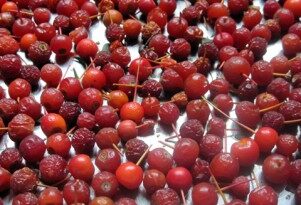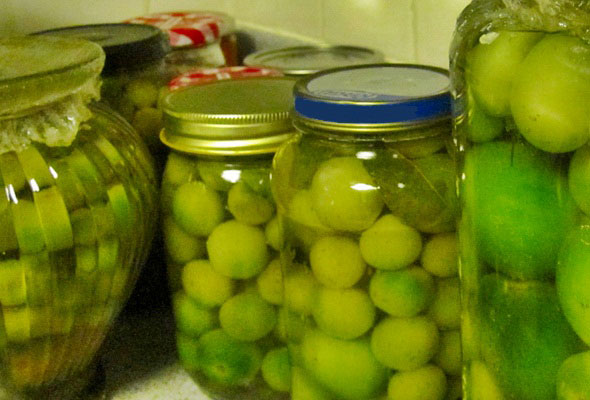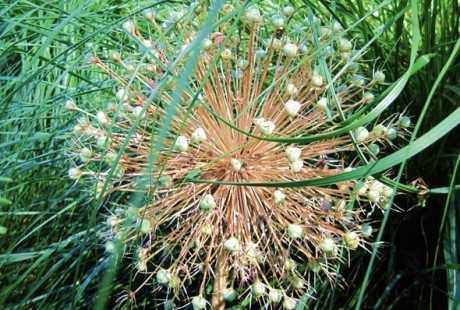Gardens in Jars
Terraria seem to have come back in fashion, during my last trip to the plant nursery I’ve seen containers of all shapes and sizes ready to be filled with live plants and sealed. I’ve had a terrarium for ages, I don’t even remember how many years, so I feel like I can shed some wisdom on what makes them tick.
If you are going to start one, use a large container and give the plants plenty of room to breathe, they grow a lot faster and larger than you anticipate. Don’t feed the beast! The idea is to keep growth contained and any amount of fertilizer will spur it out of control.
A classic terrarium is sealed, a self-sufficient ecosystem that must not be exposed to outside influences once closed. If yours is set up so that it can be opened, it will require periodic maintenance to remove the debris and trim the excessive growth. Water every six months or so. If you are not sure whether it needs water or not, err on the side of dry; waterlogged dirt in a sealed jar is just asking for trouble – mold, mildew and root rot.
It needs indirect but bright light for the most part of the day. The plants must be adapted to a tropical environment, otherwise they won’t survive. The air in the jar is going to be still, much warmer than the room it’s in, and very humid. Those who have kept a terrarium for a while like to talk about how its glass fogs up in the morning as a result of plants’ night respiration, an endearing image for sure, but a very telling one as far as moisture is concerned. The only exception to this rule is if you set up a desert environment for cacti, not an easy thing to do, because you can’t control the air humidity in a closed jar.
Keep in mind that the terrarium itself is the living entity you are tending to, it is not just a container for individual plants, and it must be nurtured and kept healthy as a whole in the same way you would a fish tank or a bee hive.




 Previous Post
Previous Post Next Post
Next Post




